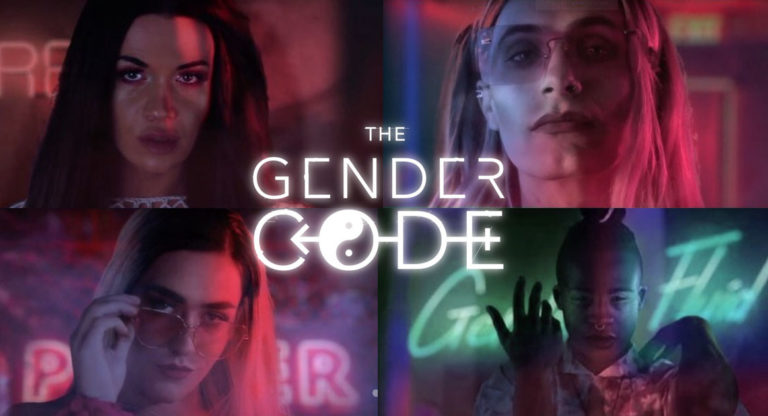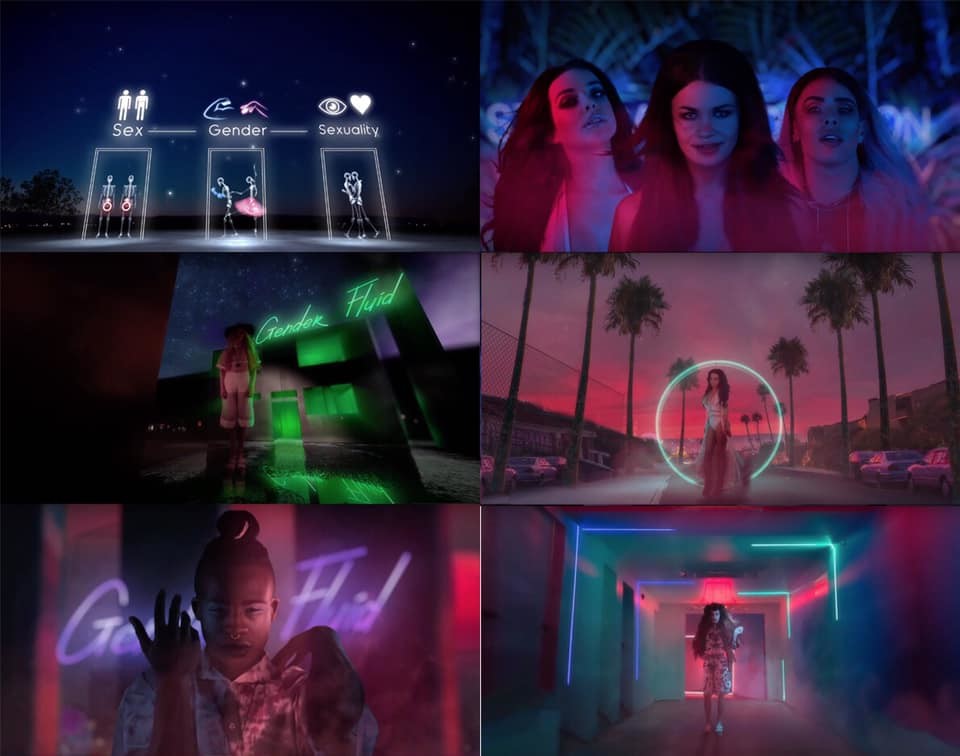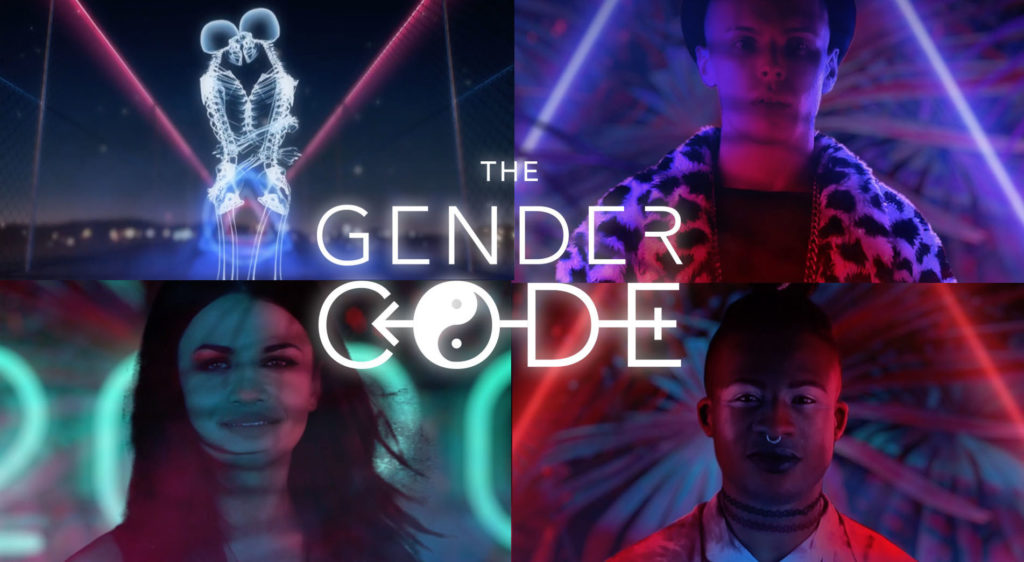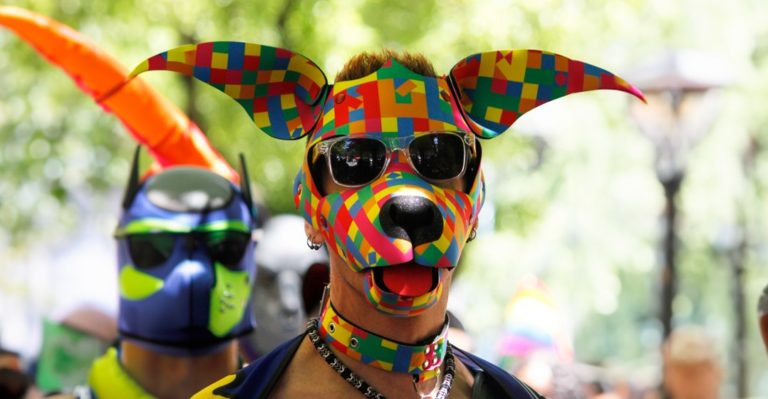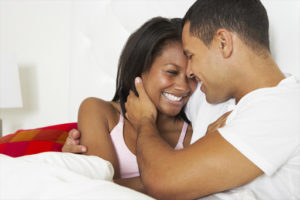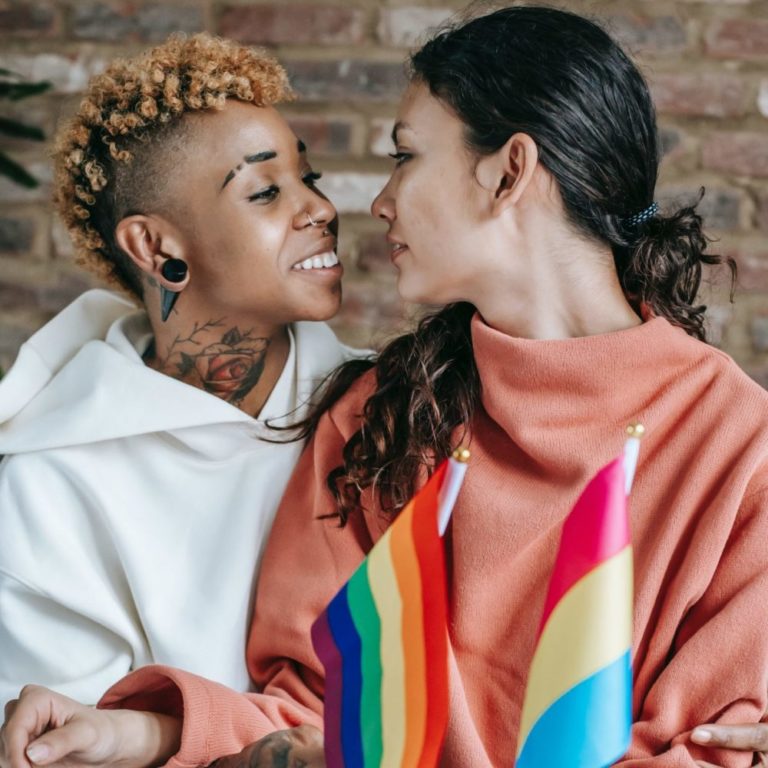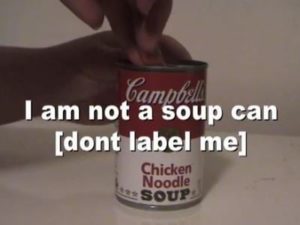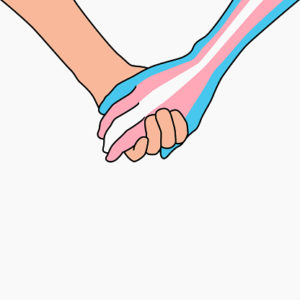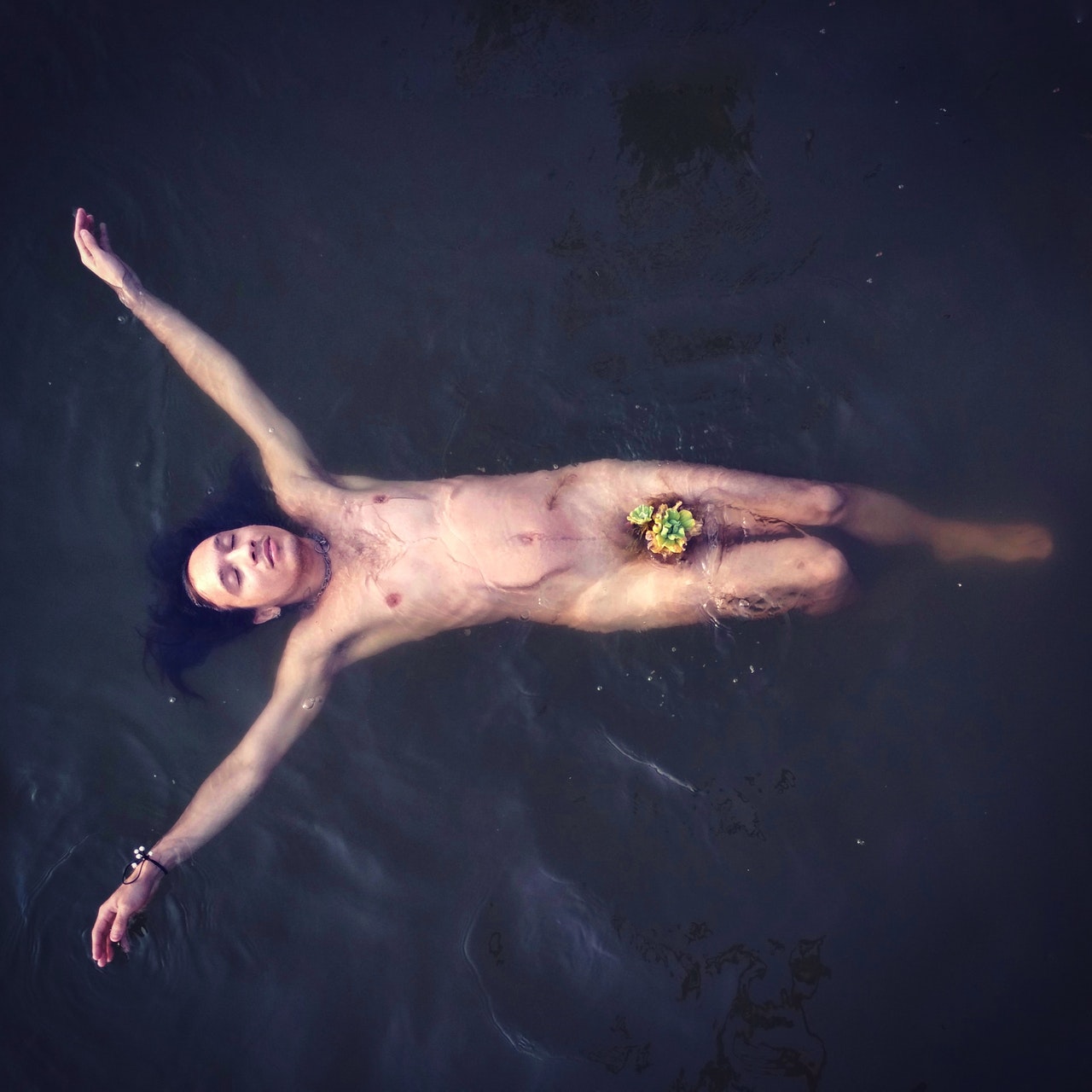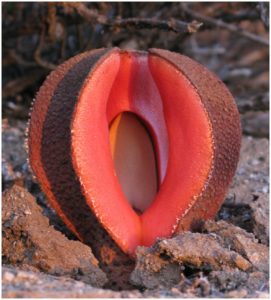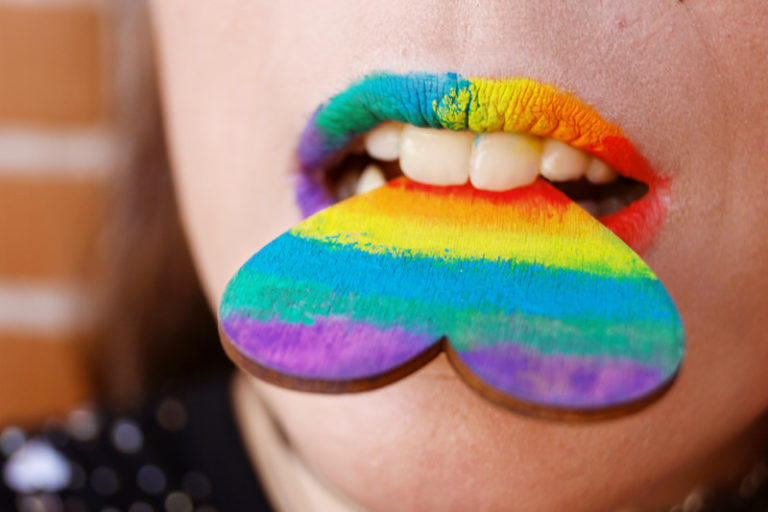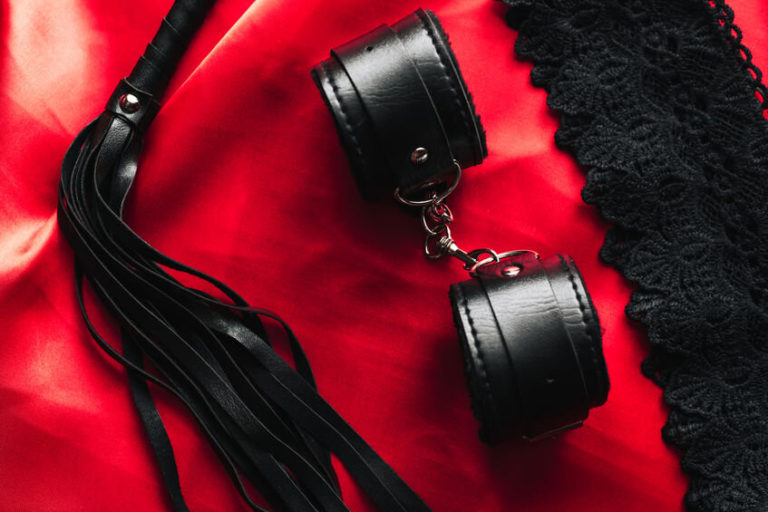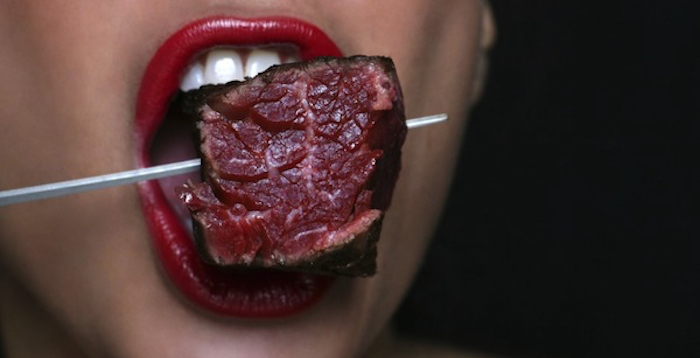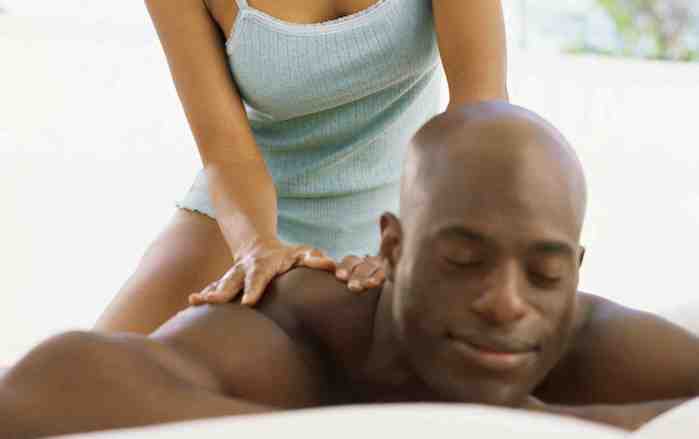I am a Bisexual Gender-Fluid Drag Queen
Hello friends! My name is Miss Colleen. I am a gender-fluid bisexual drag queen and I today want to talk about my bisexuality, as well as issues that bisexuals face, including bi-erasure.
How I Found Out I Was Bisexual
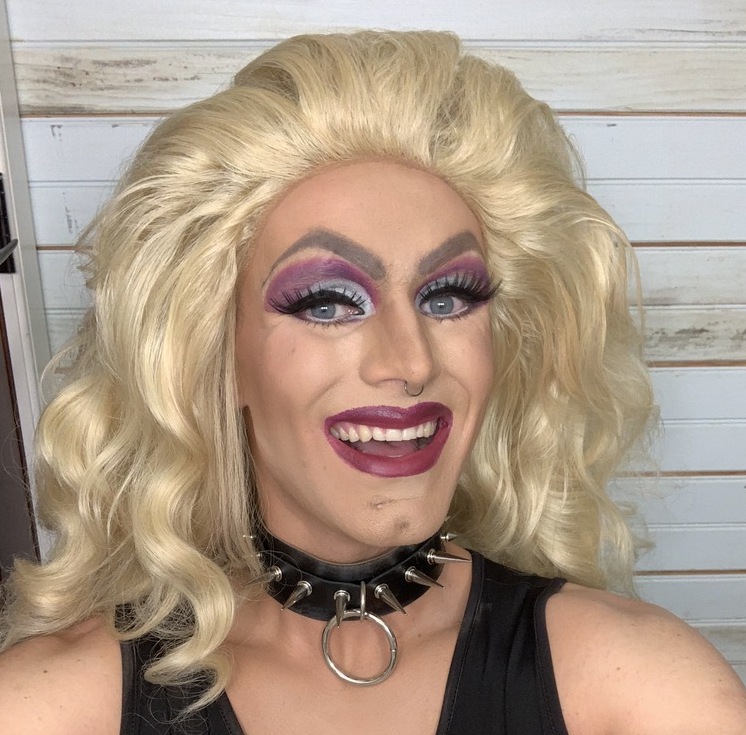
Author: Miss Colleen
I found that I was bi-curious when I was 20 years old. I was attracted to women ever since I hit puberty, but at 20 my curiosity about being sexual with men was strong and I would get aroused at the idea of having sex with men.
Not too long after had my first sexual experience with a man, I was left with doubts about if I really liked it or not. I was overwhelmed and needed time to digest how I felt. Months later I tried again and had a new experience with someone else and found that I do enjoy sex with men.
But I still had a really strong attraction to women. I did some soul searching and at times I was struggling with insecurity and anxiety but once I began to love myself and accept who I am I became proud to be bisexual and I came out to the world about my bisexuality and my drag!
I am primarily sexually and romantically attracted to women. I have never had a relationship with a man before and I am not really sure if that is something I want in my life? Everyone wants to feel loved and accepted and I am sure if I came across the right guy that made me feel that way, I would happily be in a relationship. What troubles me about having a relationship with a man is my primary sexual attraction to women. I feel there would have to be an open relationship to satisfy my desires to be with women.
Bisexuality is a Phase–A Common Myth
A common belief about bisexuality is that it’s a phase, that eventually someone who is bisexual will either lean to either heterosexual or homosexual, even though studies show that bisexuals make up more than 50% of the LGBTQ+ community.
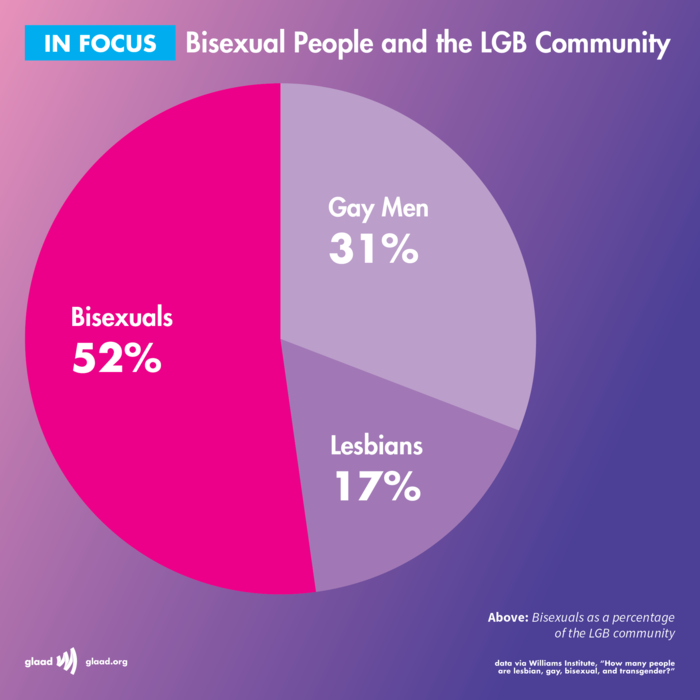
From GLAAD: 13 Things You Didn’t Know About Being Bisexual
I have been told this a few times in my life. I remember being out in drag one night and explaining my bisexuality to someone. They told me along the lines that I was confused, that I was embarrassed that I liked men and that I would eventually become gay.
I feel most people are not as accepting of bisexual people because we do not fit into a binary. I have heard stories about bisexual people not being accepted by gay communities or straight communities.
From my personal experience, I am happy to say I am very accepted and loved in my local gay and drag communities. But ever since I came out, I lost most of my straight friends. Even nowadays, when I go to a local bar or club, not in drag, with my straight friends I have not felt comfortable. I worry about doing or saying the wrong thing, about being too queer, I feel like I constantly second guess myself. I feel more comfortable being among my queer friends and community, in or out of drag. I feel more vibrant and my energy is higher.
My only wish is to build a bisexual+ community locally. I am hoping with my advocacy for bisexual people will help create a local bi+ community!
Bisexual Erasure (Bi-Erasure) –The Stigma Bisexuals Face
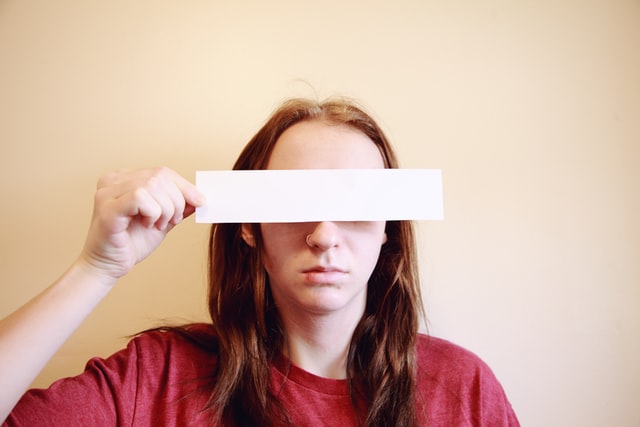
Photo by Sharon McCutcheon on Unsplash
Bi-Erasure: “Bisexuals experience high rates of being ignored, discriminated against, demonized, or rendered invisible by both the heterosexual world and the lesbian and gay communities. Often, the entire sexual orientation is branded as invalid, immoral, or irrelevant. Despite years of activism and the largest population within the LGBT community, the needs of bisexuals still go unaddressed and their very existence is still called into question. This erasure has serious consequences on bisexuals’ health, economic well-being, and funding for bi organizations and programs.” —from Biresource.org, Bisexual Invisibility: Impacts and Recommendations (PDF)
A stigma bisexuals face is bisexual erasure (Bi-Erasure). People are misconceived that bisexuality simply does not exist yet bisexual people make up the majority of the LGBTQ+ population here in America. This is why it is so important to me to be visible. People go out of their way to make bisexuals feel unvalidated or unaccepted.
Bisexuals are least likely to be out of the closet because of the general doubt that people are not truly bisexual. My hopes and dreams in being visible and out there is to help those that are questioning their bisexuality and have insecurity about themselves, to give my example to see and make others feel validated and that they deserved to be accepted and loved!
Bi-Erasure is critical to the reduction of resources and support bisexuals need. According to the Bisexual Resource Center, bisexuals have higher rates of anxiety, depression and other mood disorders compared to heterosexuals and homosexuals. Bisexuals also have a higher rate of heart disease, cancer risk factors and STI diagnoses.
I have personally dealt with anxiety and insecurity about being bisexual. My biggest insecurity is finding love with women. I dated a cisgender woman for two years. Among other issues, I decided to break up with her. She was not accepting or supporting of my bisexuality. We have talked numerous times about having an open relationship but there were limits to that open relationship that did not benefit me from having an open relationship.
I absolutely adored being in a relationship and having someone that was there for me for whatever I needed. But at the same time the no support of my bisexuality, which makes up a huge piece of me, hurt. This anxiety comes and goes and I do my best to implement by best self-care techniques to work through any anxiety issues.
Bisexual Men and HIV
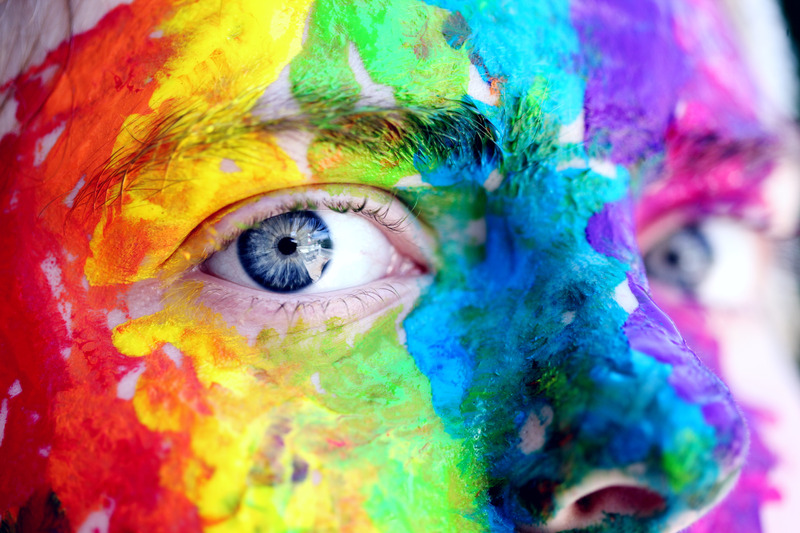
Photo by Sharon McCutcheon
There is also little to no accurate information or research on bisexual men and HIV. National reporting standards only distinguish between gay men and straight men. Bisexual men are grouped together with gay men, as another form of Bi-Erasure. This makes gaining accurate information about bisexual men difficult. The lack of accurate information further deepens the stigma bisexuals face.
Going back to my past relationship, my ex stigmatized me when it came to hooking up with men. She did not trust that I would play safely and if I were to have sex with men I would without a doubt give her a disease. Their is no concrete research or data about bisexual men and HIV/STIs. I do hope in the future more research and studies will be coordinated with bisexual men to end the stigma.
Why We Need More Conversations About Bisexuality
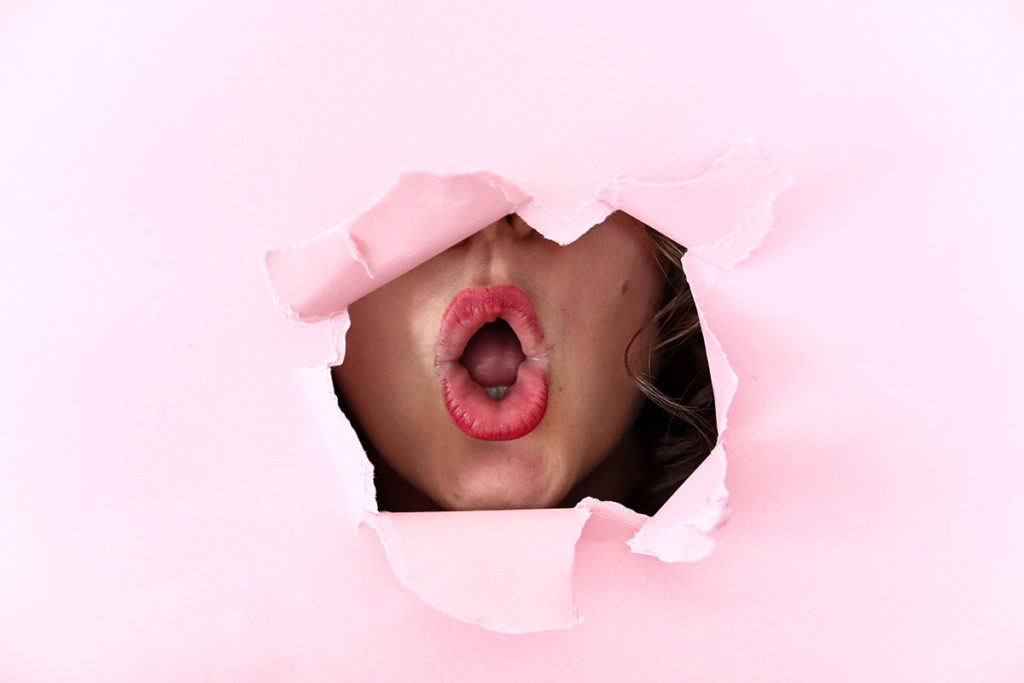
From sexualalpha.com
Talking about bisexuals can help save lives. This is why I share my bisexuality and am open and honest not only to myself about who I am and what I do, but to others as well. We can fight the stigma and Bi-Erasure by having open and honest conversation about who we are as bisexual people.
Self acceptance, talking about our sexual interests, practicing safe sex and communicating with your partners. All these things can help people better understand bisexuality and acknowledge that bisexuality is not a phase and that bisexual people do exist.
+++
Featured Photo by Marta Branco
Sources:
- Bisexual Men Aren’t ‘Spreading HIV’. https://www.hivplusmag.com/stigma/2014/10/06/are-bisexual-men-missing-hiv-link-or-pure-myth
- Mental health Biphobia Brochure. BiResource.Org. http://biresource.org/wp-content/uploads/2016/11/Mental_Health_Biphobia_Brochure.pdf
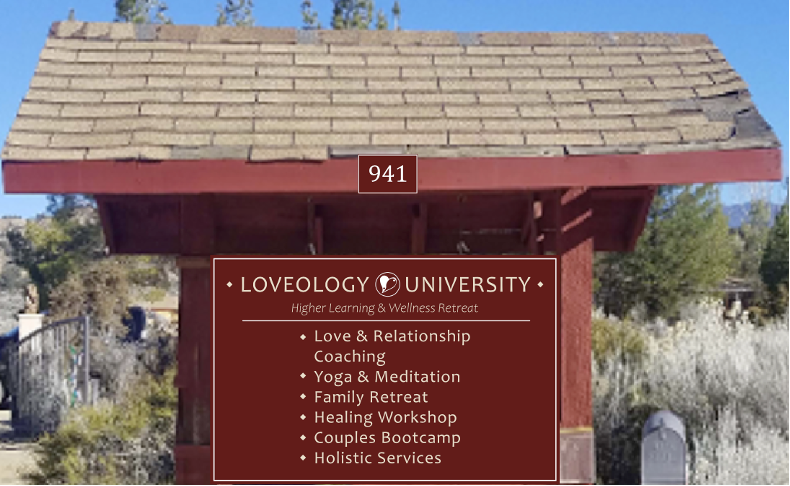

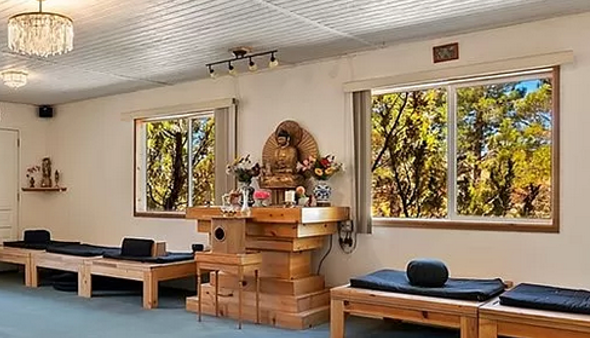
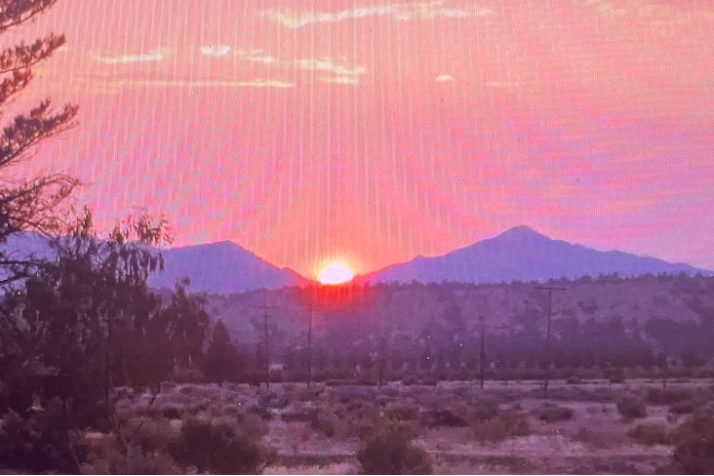

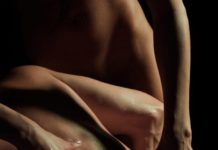







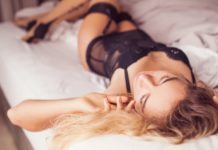




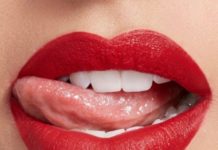
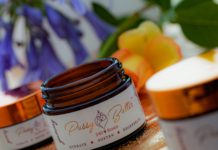
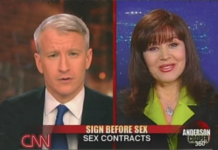



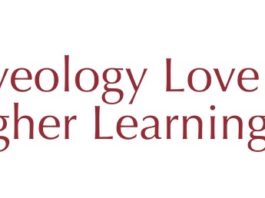

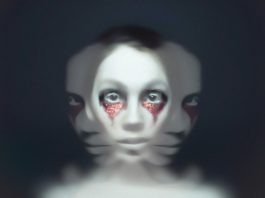



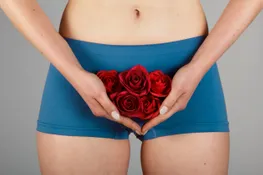
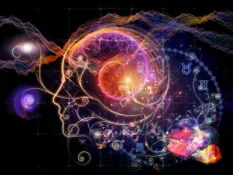 Basically, the brain before, during and after orgasm is the same as the reactions of doing drugs or listening to your favorite song. The brain does not tell the difference between sex and other pleasurable experiences like eating ice cream at 9pm. It also sends off chemicals that can lessen pain. That’s right, orgasm can cure a headache. The pituitary gland releases endorphins, oxytocin and vasopressin which promote pain reduction, bonding and intimacy.
Basically, the brain before, during and after orgasm is the same as the reactions of doing drugs or listening to your favorite song. The brain does not tell the difference between sex and other pleasurable experiences like eating ice cream at 9pm. It also sends off chemicals that can lessen pain. That’s right, orgasm can cure a headache. The pituitary gland releases endorphins, oxytocin and vasopressin which promote pain reduction, bonding and intimacy.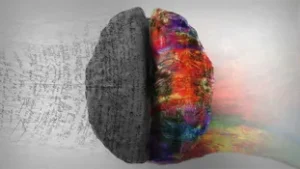 If you think the brain is busy, check out what your anatomy is doing in the process. The internal organs composing the sexual anatomy of the male include the epididymis, vas deferens, seminal vesicles, prostate gland, Cowper’s glands, and urethra. The most prominent part of a male’s sexual anatomy is his penis. The penis has three primary functions: Initiating orgasm and transporting semen and urine from the body. It is made of the base, shaft, and glans. The base and shaft are where the erectile tissue and muscles are. In addition, there is the scrotum and the testicles. The scrotum is the sac of wrinkled skin behind and below the penis that contain the testicles. For vulvas owner, the process is more complex. This makes orgasm depend upon development in the womb. It’s called the CUV Complex. It stands for Clitoral-Urethra-Vagina with the cervix and perineal sponge. The vulva is the most obvious part of the clitoris. There is the clitoral hood which is either attached to the inner lips or not attached at all. There is the shaft that is located near the pubic bone.
If you think the brain is busy, check out what your anatomy is doing in the process. The internal organs composing the sexual anatomy of the male include the epididymis, vas deferens, seminal vesicles, prostate gland, Cowper’s glands, and urethra. The most prominent part of a male’s sexual anatomy is his penis. The penis has three primary functions: Initiating orgasm and transporting semen and urine from the body. It is made of the base, shaft, and glans. The base and shaft are where the erectile tissue and muscles are. In addition, there is the scrotum and the testicles. The scrotum is the sac of wrinkled skin behind and below the penis that contain the testicles. For vulvas owner, the process is more complex. This makes orgasm depend upon development in the womb. It’s called the CUV Complex. It stands for Clitoral-Urethra-Vagina with the cervix and perineal sponge. The vulva is the most obvious part of the clitoris. There is the clitoral hood which is either attached to the inner lips or not attached at all. There is the shaft that is located near the pubic bone.
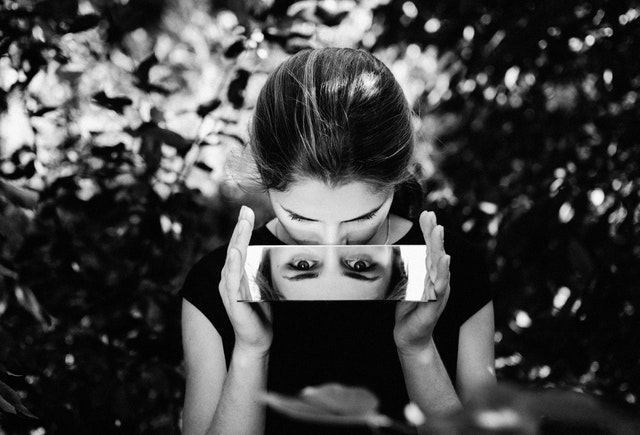
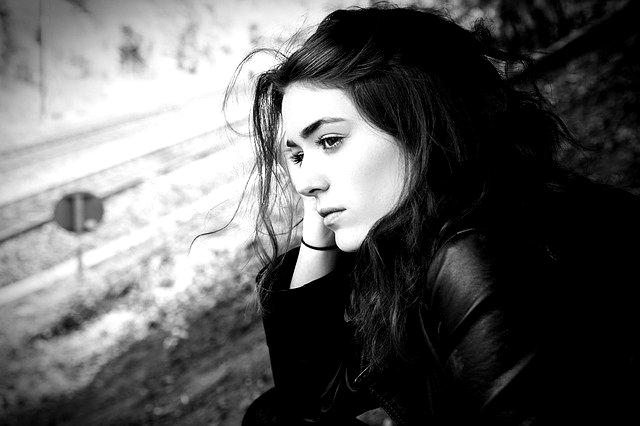 I got into a long-term relationship with a guy when I was 21. I had no idea that when I met him that I would end up marrying him. And that those few years before I met him would be all the time I had to experiment. Had I missed out? Should I have had more sex with men, been with a girl, maybe had a threesome before I settled down? Maybe so.
I got into a long-term relationship with a guy when I was 21. I had no idea that when I met him that I would end up marrying him. And that those few years before I met him would be all the time I had to experiment. Had I missed out? Should I have had more sex with men, been with a girl, maybe had a threesome before I settled down? Maybe so.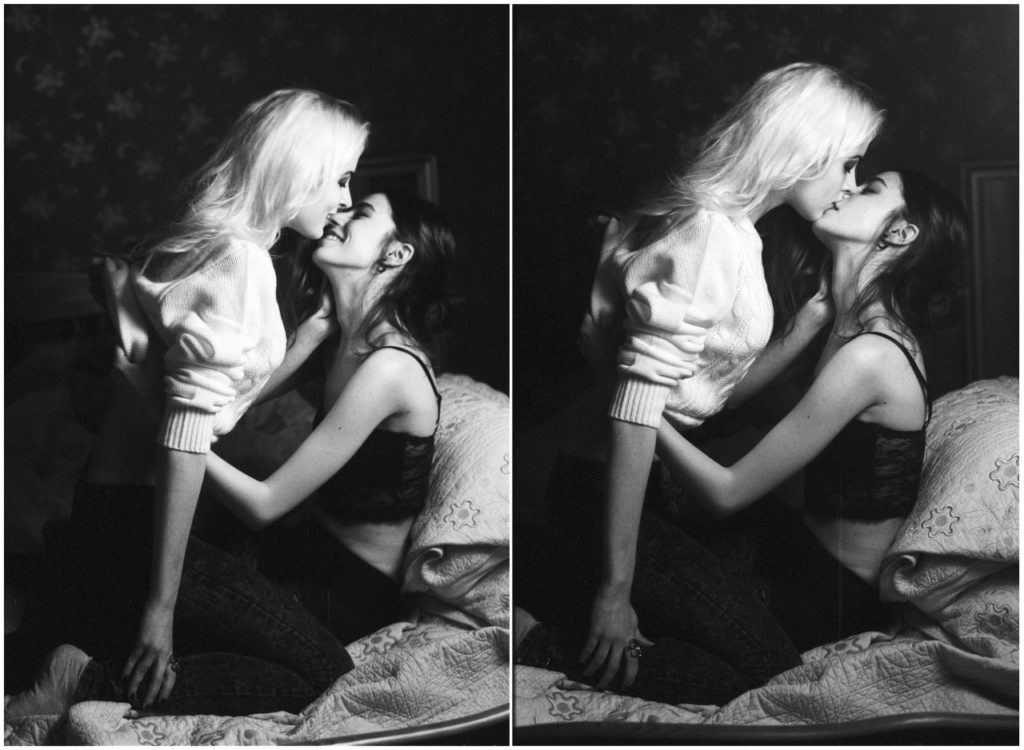 When a friend picked out a T-shirt for me when out shopping with the slogan ‘No one knows
When a friend picked out a T-shirt for me when out shopping with the slogan ‘No one knows  I’d been single about 18 months by the time I eventually matched with any girls on tinder. Just as with guys, I would chat a bit but often nothing would come from it. When I finally set up a meeting with Sarah in a cocktail bar, I got butterflies in my stomach. I was really doing this.
I’d been single about 18 months by the time I eventually matched with any girls on tinder. Just as with guys, I would chat a bit but often nothing would come from it. When I finally set up a meeting with Sarah in a cocktail bar, I got butterflies in my stomach. I was really doing this. Shortly after she said she needed the toilet and asked if I wanted to go with her. I wasn’t sure if she just wanted some girly company or if she had something naughtier in mind. But I agreed. The bar was fancy and the toilets were downstairs in the basement. Dark, and beautifully styled, with flowers between the washbasins, it wasn’t the usual gross public restroom you encounter, it was quite sexy. I could tell by now that she definitely was into me, and after 3 or 4 drinks I was relaxed enough to just got for it.
Shortly after she said she needed the toilet and asked if I wanted to go with her. I wasn’t sure if she just wanted some girly company or if she had something naughtier in mind. But I agreed. The bar was fancy and the toilets were downstairs in the basement. Dark, and beautifully styled, with flowers between the washbasins, it wasn’t the usual gross public restroom you encounter, it was quite sexy. I could tell by now that she definitely was into me, and after 3 or 4 drinks I was relaxed enough to just got for it.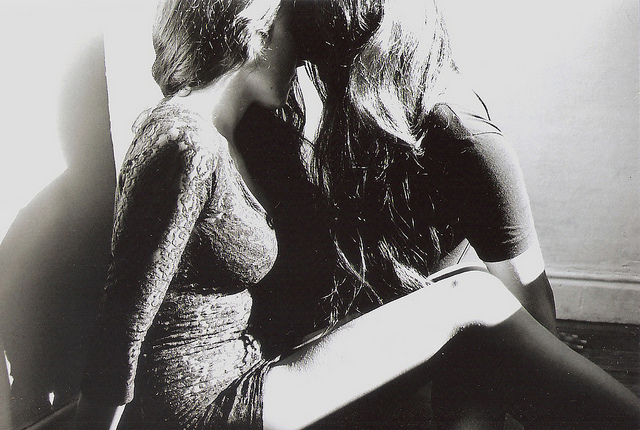 Am I bisexual? Yes. It’s not something I feel I need to tell everybody about. Each person’s journey is different and I still don’t really feel the need to label myself or ‘come out’ to every person I meet. However, if anyone asks, I’m totally open about it and happy to share my experiences.
Am I bisexual? Yes. It’s not something I feel I need to tell everybody about. Each person’s journey is different and I still don’t really feel the need to label myself or ‘come out’ to every person I meet. However, if anyone asks, I’m totally open about it and happy to share my experiences.